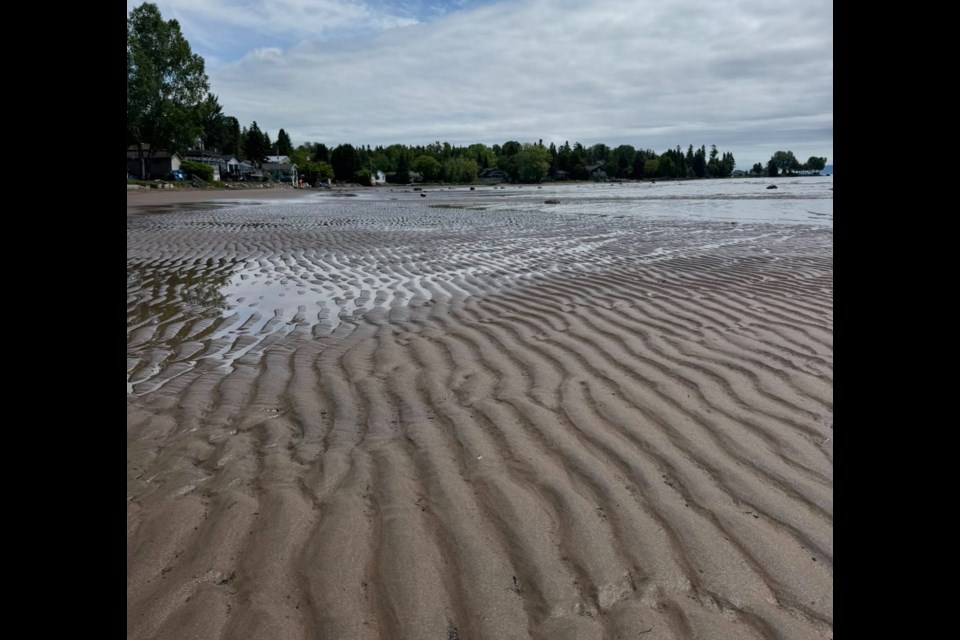THUNDER BAY – Lake Superior’s water levels are sitting roughly 18 centimetres below the long-term average, and 16 centimetres below the level of a year ago, according to recent data from the U.S. Army Corps of Engineers.
In June, Lake Superior rose by six centimetres, which is slightly below the long-term average monthly rise of eight cm for that time of year.
While the current levels are not considered critical, they are part of a long-observed cycle, from 1918 to 2023.
“Variability is important to remember,” said Lauren Fry, a research physical scientist with the National Oceanic and Atmospheric Administration.
“Yes, we are below the long-term average,” said Fry. “But it’s important to note that the average goes all the way back to the 1920s. The water may seem low, but it’s a result of coming out of really wet conditions and coming down from a record high.”
As of early 2025, the lake’s surface was measured at approximately 182.97 m, a noticeable drop from the long-term average of 183.39 m.
Fry added that current levels may feel extreme largely due to recent years of high water:
“It seems extreme because we are coming out of very high levels from 2020.”
In 2019 and 2020, the lake approached record-setting levels, peaking at 183.6 m.
Over the past five years, levels have gradually fallen, with June 2025 measurements showing the lake 10.16 cm below its monthly average, and 16.26 cm below the level recorded at this time last year.
Historically, Lake Superior reached its highest recorded level of 183.91 m in October 1985 and its lowest level of 182.72 m in April 1926.
The Lakehead Region Conservation Authority and other regional hydrology agencies note that Great Lakes water levels change seasonally and are influenced by a number of natural factors. These include net basin supply (NBS), which accounts for precipitation falling directly on the lake, runoff from surrounding land, and evaporation from the lake’s surface.
Looking ahead, forecasts from the U.S. Army Corps of Engineers suggest that water levels could rise by approximately five cm over the next month if weather and water supply conditions remain near average.
If conditions are much wetter than average, Lake Superior may increase by about 12 cm. However, if conditions are much drier than average, the lake’s level may remain stable through the rest of July and into August.
